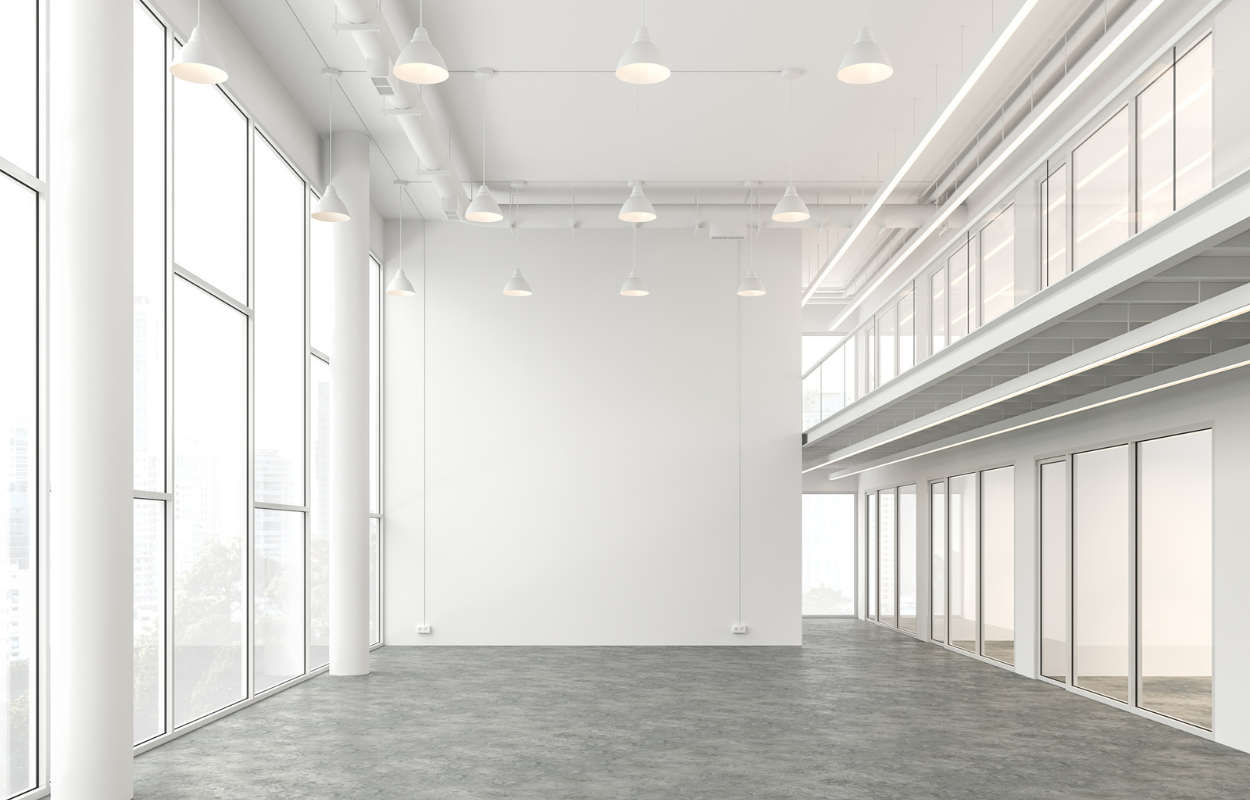When it comes to maximizing space in a commercial setting, installing a mezzanine floor can be a game-changer. Mezzanine floors are intermediate floors that are built between the main floors of a building, creating additional space that can be used for a variety of purposes. From storage and office space to retail displays and production areas, the possibilities are endless when it comes to utilizing a mezzanine floor in a commercial environment. In this article, we will explore the benefits of installing a commercial mezzanine floor and how it can help businesses unlock their full potential.
The Benefits of Installing a Mezzanine Floor
Increased Space Utilization
- Mezzanine floors are a cost-effective way to increase usable space in a commercial building without the need for expensive renovations or expansions.
- By taking advantage of vertical space, businesses can optimize their existing square footage and avoid the high costs associated with moving to a larger facility.
- Mezzanine floors can be customized to fit the specific needs of a business, whether it be for storage, office space, or retail displays.
Improved Efficiency
- By adding a mezzanine floor, businesses can streamline their operations and create a more efficient workflow.
- With additional space for storage or production, employees can work more effectively and access the resources they need without having to travel long distances within the facility.
- Mezzanine floors can also help businesses better organize their inventory and equipment, reducing the time spent searching for items and improving overall productivity.
Types of Businesses That Can Benefit
Retail Stores
- Retail stores can use mezzanine floors to create additional display space for their products, allowing them to showcase a larger inventory without expanding their floor space.
- Mezzanine floors can also be used to house fitting rooms, offices, or storage areas, helping retailers optimize their use of space and improve the customer shopping experience.
Manufacturing Facilities
- Manufacturing facilities can benefit from mezzanine floors by creating additional space for production, storage, or equipment maintenance.
- Mezzanine floors can help manufacturers increase their production capacity without having to invest in a larger building, saving them time and money in the long run.
Considerations When Installing a Mezzanine Floor
Building Codes and Regulations
- Before installing a mezzanine floor, it is important to consult with local building authorities to ensure that the structure meets all safety and regulatory requirements.
- Building codes may vary depending on the type of business and the intended use of the mezzanine floor, so it is essential to do thorough research and planning before proceeding with the installation.
Structural Integrity
- It is crucial to assess the structural integrity of the existing building to determine if it can support the additional weight of a mezzanine floor.
- Consulting with a structural engineer is recommended to ensure that the building can safely accommodate the new structure without compromising its stability.
Conclusion
Installing a commercial mezzanine floor can bring a host of benefits to businesses looking to optimize their space and improve their operations. By increasing space utilization, improving efficiency, and catering to specific business needs, mezzanine floors offer a practical and cost-effective solution for businesses of all types. However, it is essential to consider building codes, regulations, and structural integrity when planning to install a mezzanine floor to ensure a safe and successful project. With the right planning and execution, businesses can unlock the full potential of their space with a commercial mezzanine floor.
